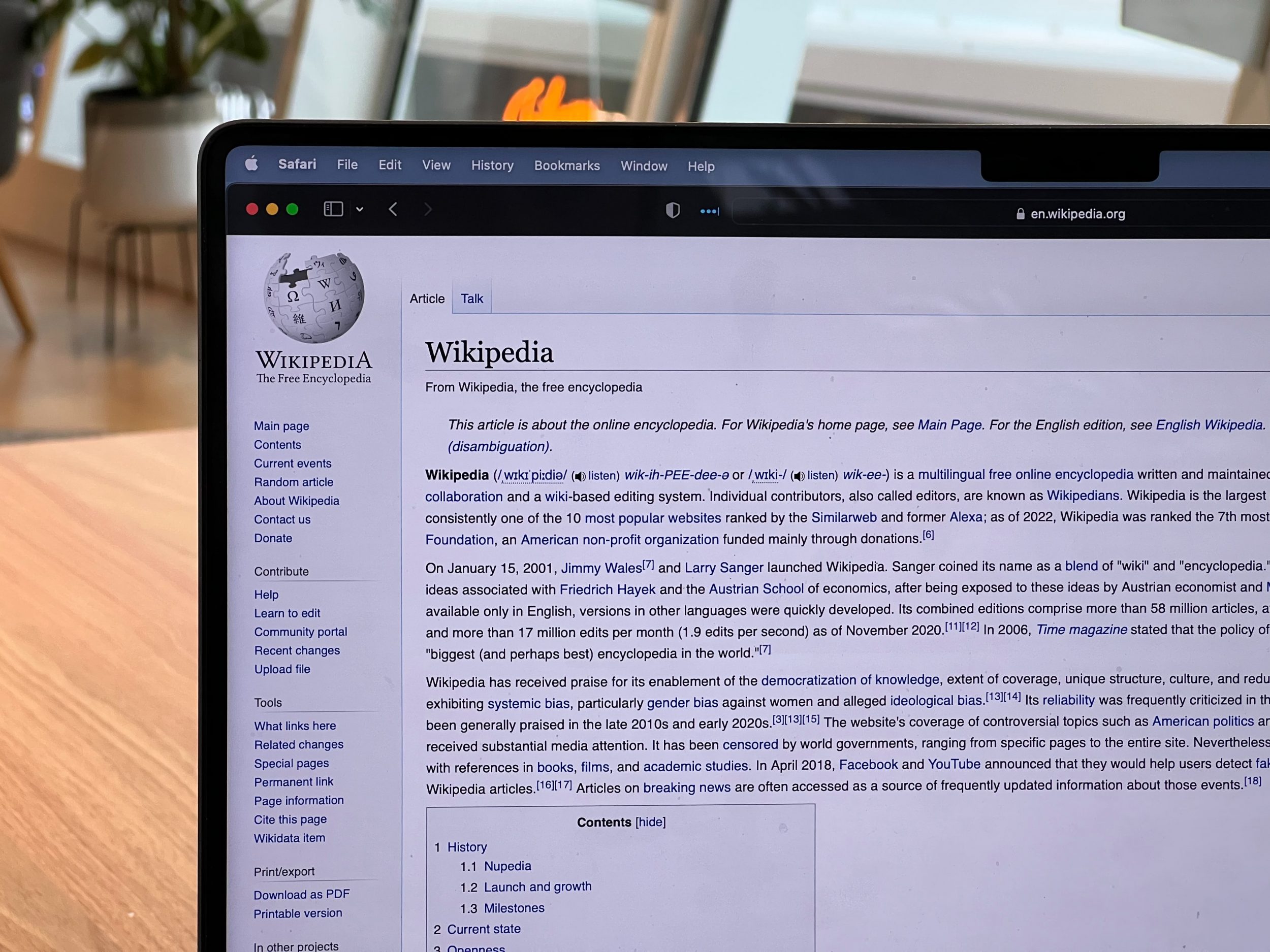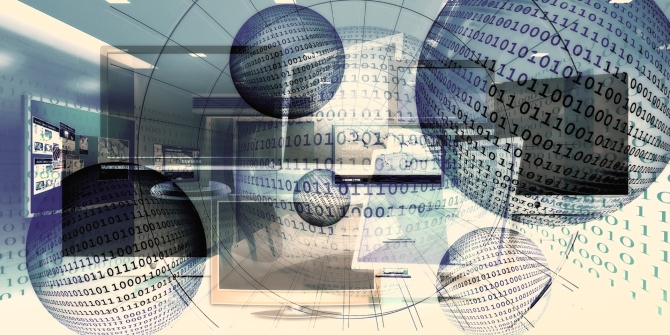This article is by John Carr, Visiting Senior Fellow in LSE Media and Communications. It originally appeared here
Child sex abuse images which have been posted on the internet are important in and of themselves. We do not need to justify taking action against them on any grounds other than the fact that they exist. Let’s remind ourselves why.
Every act of sexual abuse involving a child will harm that child. However, if an image of the abuse is also created then distributed over the internet, potentially to be viewed by everyone in the world, unquestionably that will add to, change and expand the harm. The crushing sense of loss of one’s human dignity can be severe, even overwhelming. The constant, nagging fear that your classmates or people from your neighbourhood may already have seen the images or might in the near future can be deeply corrosive of a young person’s self-confidence and self-esteem. And that’s on top of the harm caused by being sexually abused in the first place.
Every picture of a child being sexually abused is a picture of a child who needs help.
A view from America
James Marsh is probably the USA’s leading lawyer when it comes to representing victims of child sex abuse where an image of the abuse has appeared online. He represented Amy in Amy v Paroline. It went all the way up to the US Supreme Court. Marsh is quite clear. Victims want every copy or version of an image of their humiliation to be found and deleted as quickly as possible. Pending that, they want access to be restricted to the greatest extent achievable, again as quickly as possible. Knowing this is being done can be crucial to a victim’s prospects of recovery and getting back to any kind of normal life. It is reassuring evidence that the harm done to them is acknowledged, that every practical step is being taken to make things as right as they can be, that justice is being delivered.
No false choices
The business of addressing the perpetrators of child sex abuse, including people seemingly involved “only” in downloading images, has to remain high on everyone’s agenda. However, it is a separate and discrete challenge. Dealing with perpetrators or speedily removing or restricting access to child sex abuse material are not alternatives. Each is important on its own terms, without more.
Technology can do this
Once an image has been confirmed as containing child abuse material, finding, deleting or restricting online access to it can now be achieved largely by technical measures. Inter alia, the use of proactive searching technology based on hashes is revolutionizing the space. Even if this was all we did it would be worth doing, not only because of our obligations to the victims depicted in the images but also because of our obligations to children as yet unharmed. The continued availability of child sex abuse material online encourages or helps sustain paedophile activity and this puts children at risk everywhere.
Identifying the victims and getting them the necessary help
Earlier it was observed that every picture of a child being sexually abused is a picture of a child who needs help. But first we need to find the child. This is important both to safeguard them from the possibility of further abuse and to ensure they get the therapeutic or other support they need to start rebuilding their lives.
When it comes to identifying and locating victims law enforcement has to be in the lead.
Distributed and undistributed images
A great many child sex abuse images that find their way into the hands of law enforcement have never been distributed over the internet. In a report shortly to be published by NCMEC they will say only 11% of all the images in their database have been “actively traded” (which for them means found or reported on at least five occasions). Often, maybe typically, such images have been picked up in the course of another operation where a suspect’s digital media are seized and interrogated.
Because we know a high proportion of child sex abusers are closely linked to the victim, in such circumstances it can be a relatively easy matter for both victim and perpetrator to be found in a single action.
Nevertheless, because a child sex abuse image has been created there is no way of knowing if, in fact, it is already out on the internet and simply hasn’t been reported to a hotline or the police yet. It might appear on the internet in the future. For that reason, the image has to be retained in police databases otherwise, if it is eventually found, police resources in several different countries could be wasted trying to find a child or a perpetrator in a case that has long been fully resolved and closed.
Of the child sex abuse images that do find their way on to the internet, many can be and are extensively copied and distributed on a gigantic scale on a global basis. These are the images victims, police, parents, the public and governments think about most and worry about most. They are also a major focus of child rights advocates who work in this area. Children in distributed images are likely in the greatest danger.
So how good are we at finding unidentified children?
Where an image has been found on the internet and is reported to, say, a hotline or directly to the police, in the first instance the child will normally be an unidentified victim. How efficiently are law enforcement able to convert an unidentified victim into an identified child? For these purposes “how efficiently” really means “how quickly”. This is an acid test.
There are other things we would like to know, for example, about the availability of resources to help identified children recover from the abuse they have suffered, but how quickly sexually abused children in images are being found by the police is an important point of departure.
Looking at the facts
INTERPOL owns and administers the International Child Sexual Exploitation image database (ICSE). INTERPOL’s leadership acknowledged the importance of analysing whatever data were in ICSE with a view to improving our collective understanding of how effective their work is in this area.
EU funded research project
With funding provided by the European Union INTERPOL agreed to be party to a proposal put forward by ECPAT International. I was on the Technical Working Group which helped supervise the work. The report came out earlier this week.
Entitled “On Unidentified Victims in Child Sexual Exploitation Material – towards a global indicator” it looked at images within and the processes associated with ICSE. Law enforcement agencies in 53 countries can connect to ICSE. Given that INTERPOL has 192 nations in membership this is surprising and disappointingly low, however ICSE contains images known to be from 88 jurisdictions.
INTERPOL was able to tell us they had identified 12,000 children who were in images in ICSE but, as the report indicates, they were unable to say with a high enough degree of certainty what percentage this represented of all children in there.
Neither was it possible to work out what a “typical journey” from unidentified to identified looked like, including how long the journey would be likely to take. Some children might be identified within days or weeks of an image being entered into ICSE. Others will have been unidentified in the database for years.
As the title implies the EU funded project was trying to establish how, on an on-going basis, the world could determine how successfully law enforcement was able to move children from the unidentified to the identified category.
At the same time it was hoped to get an insight both as to the total number of unique images in circulation or being produced and the numbers of children who are being victimised in those images. Would this tells us anything about the nature or amount of child sex abuse taking place in society as a whole? Probably not. We are going to have to continue to rely on prevalence studies for that.
My hunch is that in the vast majority of cases where a child is sexually abused there will be no recording device of any kind in the room. The emergence of live streaming and the growing levels of apparently self-produced images may be changing that dynamic but, in terms of scale, that remains unproven for now. Also most of the abuse we know results in an image being produced seems to draw on the experience of countries where European languages are widely spoken. Could it be significantly different elsewhere?
Having analysed the factors which determine what it takes to find a child when all there is at the beginning is the image itself and any available meta data, ECPAT International’s idea was to construct a baseline index of some sort. It would be set at, say, 100. If next year the index stood at 110 we would know that the numbers of children remaining in the “unidentified” category were going up. This would trigger further enquiries to see how we might at least get back to 100. However, the overarching aim would always be to reduce the index to nil or as close to it as we can get. We want to live in a world with zero child sex abuse of any kind and as we move towards that we definitely want to live in a world with zero child sex abuse material on the internet.
Data from ICSE
ICSE yielded a great deal of interesting and extremely useful data about the sub set of child sex abuse victims who appear in distributed and undistributed images that find their way into the hands of the police. It is not necessary to rehearse all the findings here. They are well set out in the report, but as the study got underway a number of things quickly became apparent.
ICSE was established as a collaborative, international investigative tool. The designers did not have the needs of researchers in mind when they were building it. They were thinking entirely about police officers intent on finding a child as fast as possible. ICSE’s ability to generate the kind of analytical data that would be needed to construct a global indicator is therefore limited although the system is currently undergoing an upgrade and the new version will be better in that respect.
The second, and in retrospect rather obvious point, is that while ICSE is uniquely important because of its singular role as a connecting point for every police force in the world, in terms of databases and the analytics they can yield, ICSE is not the only one and it is not even the largest.
EUROPOL, the UK, the USA and others also have image databases or are building one. Part of the broader mission has to be to ensure all of the databases can connect with each other so no child falls through the cracks. This implies a common set of criteria will need to be developed to ensure everyone’s on the same page in terms of how and what data are entered and exchanged. Alternatively a method must be agreed to standardise the data. Not a small thing to do.
What doesn’t get measured doesn’t get done
Even if it is not always literally true, it is substantially true that what doesn’t get measured, doesn’t get done. It is an unfortunate axiom of our recessionary, cash-strapped times. If we, as child rights advocates want to stand alongside colleagues in law enforcement, or independently agitate for them to be given more resources to find more children quicker, we need to be able to do more than give voice to righteous rage. We need numbers. We need a global indicator. And we need it now.





